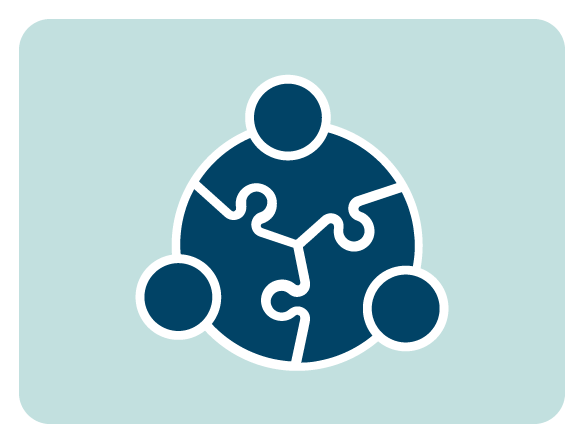Engaging the Community: An Applied Approach to Digital Storytelling in Dietetics
Engaging Students
NS 6250: Community Nutrition in Action
Learning Outcomes




Context
"Two of my courses have community-engaged learning components, and I work with a variety of community partners. Several partners (Cornell Dining, Cornell Sports, Southern Tier Academy of Nutrition and Dietetics) mainly engage with their participants via social media and requested digital storytelling/social media as deliverables. Also, as a former community registered dietitian, I was often called upon to contribute to my organization's social media platforms, and I knew this was a skill set my students needed to develop.
Both courses focus on creating evidence-based, client-facing nutrition education. In the past, this would have been delivered as a handout, poster or in-person presentation, but sadly, all of these formats are becoming obsolete. I realized that students are great consumers but inexperienced as producers of quality social media content. Working with CTI has enhanced my ability to give dietetic and nutrition students cutting-edge skills they will need as they enter the workforce."
Kelly Quinn, Lecturer of Nutritional Sciences
Implementation
In the early stages of developing this assignment, Quinn requested a consultation with CTI’s Storylab, part of the Creative Technology Lab. Together, Quinn and CTI instructional designers developed a rubric and assignment activities for the students to follow. Once the semester started, a member of Storylab’s staff visited Quinn’s class twice. During the first visit, instructional designers discussed best practices of creating videos when working with community partners. They also discussed best practices for developing videos including planning, script creation, collecting media and editing. The second involved a technology demonstration of video editing tools.
Challenges
- Skills building: Despite being digital natives, students do not necessarily have the technical skills necessary to create a well-developed and edited video/podcast, and may need structured activities to help them develop their projects.
- Time management: Digital storytelling assignments typically take longer than a traditional paper or presentation to create, and at the same time, students often do not believe creating a video or podcast will be a time-intensive project.
- Lesson planning: Consider whether you will devote class time to workshop scripts and/or story ideas?
- Design & evaluation: Consider whether this assignment will be a group project or each individual will have to create a video/podcast/storymap, and how you will evaluate this assignment accordingly.
Reflection and Future Directions
Quinn plans to continue partnering with CTI instructional designers and using these assignments as community partners typically desire digital content to assist with their communications and messaging priorities.
